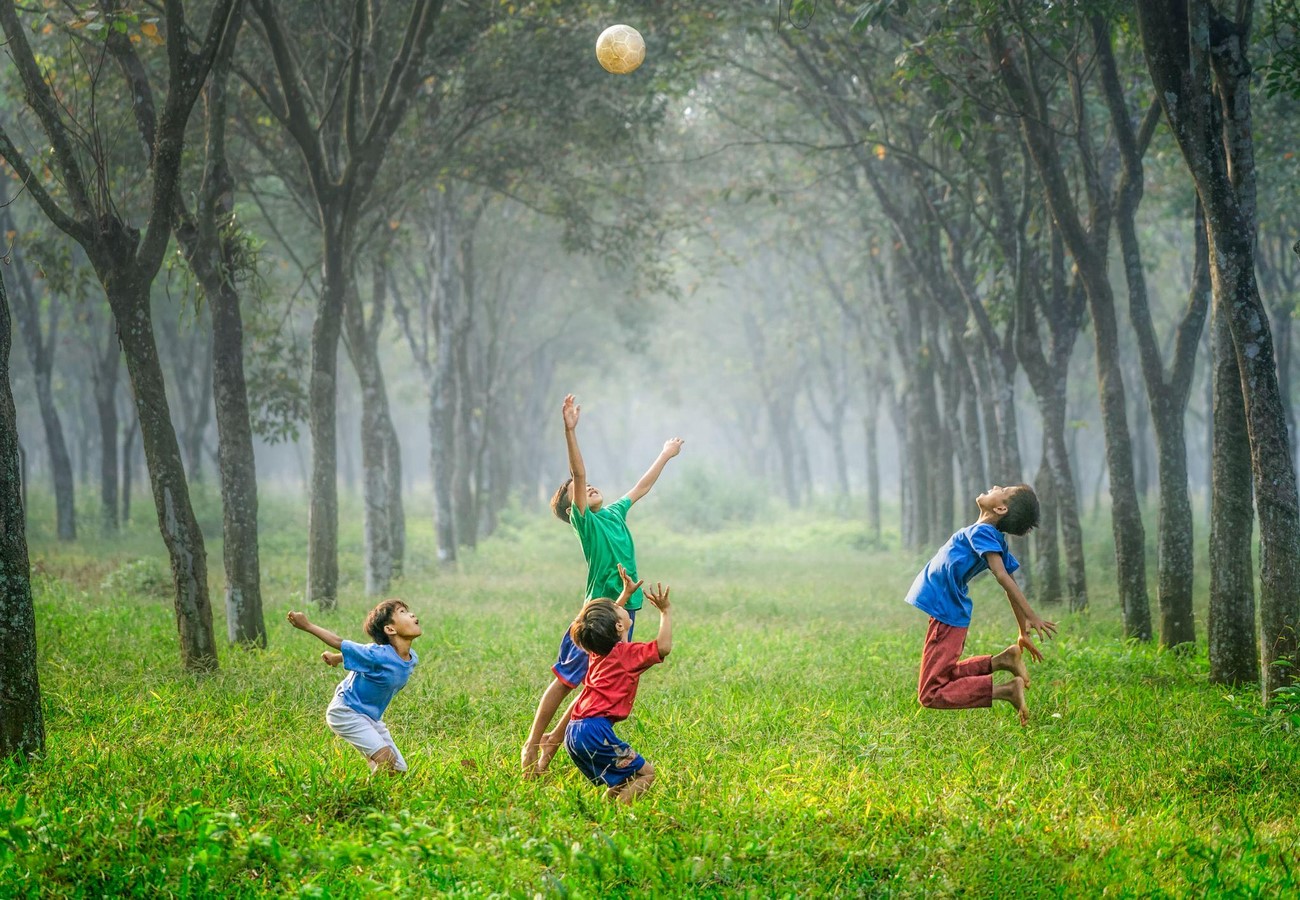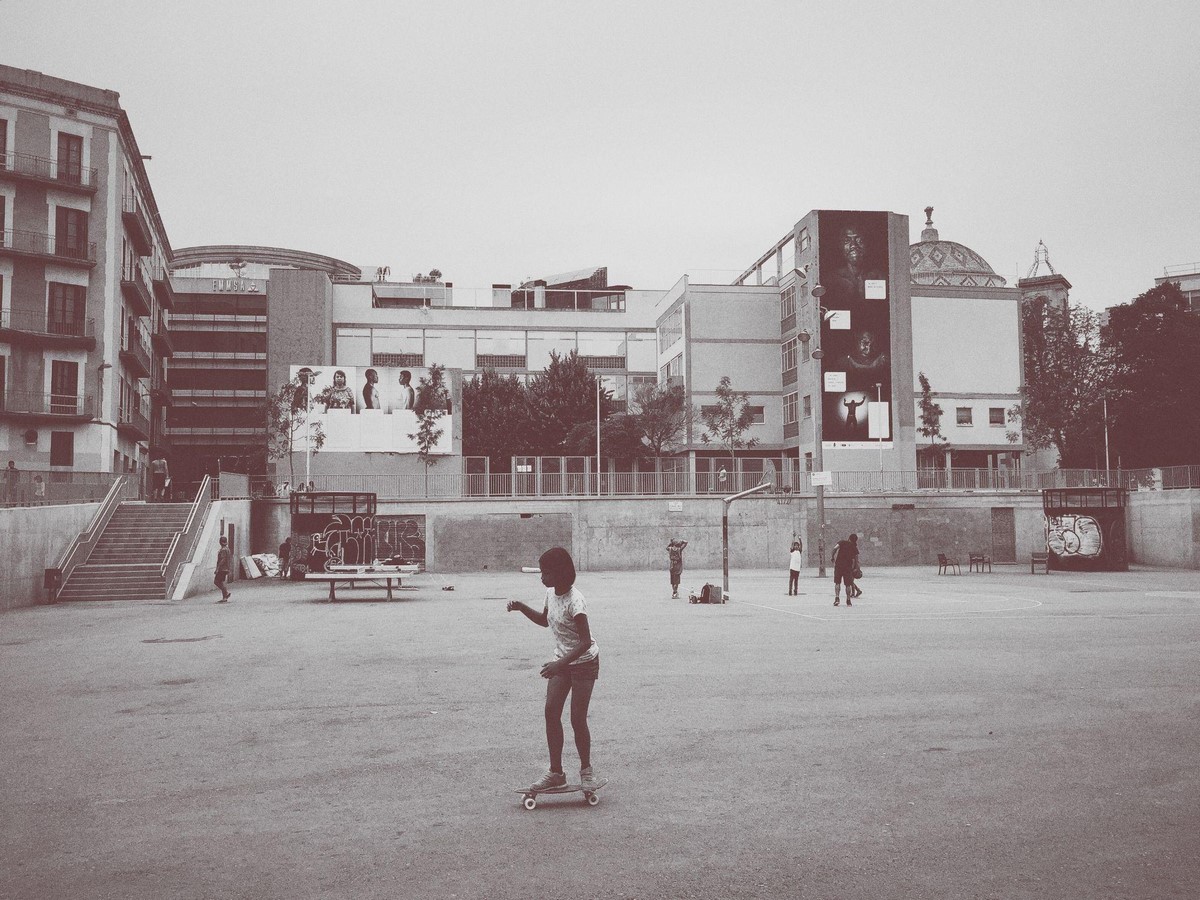In this contemporary world, urban landscapes are crucial elements to make the city lively and liveable. The healthy growth of children’s social contacts and activities depends on urban green areas (Gao et al.). With the digitation reaching its peak and children diving into mobile phones rather than playing outdoors, the lack of proper urban landscapes that inspire children to play is one of the major factors contributing to it. The importance of open spaces for children to play seems a pretty basic topic that people often tend to ignore but it has a lot to associate with it. More or fewer spaces provided also lack safety and are designed without considering child psychology and behavior. So, this article tries to explore the scope of landscape architecture in the context of space designed for children and how the space promotes interaction to foster communal interaction and well-being in society.

Idea of Urban Landscapes and the Importance of Open Spaces for Children to Play Safely

Urbanization has taken a toll on open spaces, making it imperative to preserve them. In this article, Urban Landscapes refer to small spaces nestled amidst dense urban fabric. These areas can be utilized for children to play, for the elderly to stroll, and for various other activities. Creating and managing these spaces is not a luxury but a necessity, offering children the opportunity to play freely and safely, away from potential traffic hazards and the space constraints of indoor areas. These spaces, which include playground equipment and natural landscapes developed as play elements, take into account the developmental stages of children, fostering cognitive development and a risk-taking attitude. They not only promote physical health but also contribute to mental well-being by providing a space to relax and rejuvenate.
Existing Open Spaces and Associated Problems
In numerous countries, individuals are increasingly recognizing the significance of open spaces for children. However, not everyone possesses a complete understanding of design techniques and elements crucial to these spaces. Poorly designed areas may result in safety concerns, maintenance issues, and, ultimately, the wastage of valuable space. Occasionally, tranquil open spaces are haphazardly scattered amidst towering structures or concentrated in steep, isolated locations with limited accessibility (“Urban Open Spaces: Topics by WorldWideScience.org”). Various challenges associated with open spaces for children are detailed below:
Poorly designed spaces
Addressing this issue represents one of the most prevalent and significant challenges when devising open spaces for children in urban settings. A designer needs to demonstrate astuteness by thoroughly examining the community and its children, considering factors such as age groups, gender distribution, and the nature of their environment. This analysis aids in determining the most suitable type of space. Unfortunately, in many instances, individuals tend to haphazardly install flashy play equipment alongside inadequately designed pathways, resulting in insufficient running and free play areas, ultimately diminishing the overall enjoyment of the spaces.
Overcrowding of Spaces

The allocated space must be sufficiently expansive to accommodate the intended audience. Limited play and running areas for children heighten the risk of accidents, making it challenging for parents to supervise effectively. Open spaces serve as an escape from overcrowding, and if these spaces become congested, their intended purpose is nullified.
Lack of Accessibility
The rising control and management of public spaces by non-governmental organizations, coupled with the evolving publicness of these areas, have sparked concerns about the nature of the public realm in contemporary cities (“Science Direct”). For a space to be truly functional, it must be accessible. Although spaces are often fenced for safety reasons, the act of fencing can inadvertently overlook a crucial attribute of open space—accessibility. Accessible open space is inherently the most functional.
Inclusivity aspects
The space might not be designed to accommodate children with disabilities which limits the number of people using the space. An inclusive approach to design is not generally taken which is one of the problems in many existing open spaces.
Space for children is a space for everyone
The phrase encapsulates the broader implications of open spaces, suggesting that, although initially designed for children, these spaces extend their benefits beyond the younger age group. They create opportunities for interaction and community building among adults and individuals of all ages. A fundamental aspect of child-friendly spaces involves the formation of a new community. This environment not only fosters positive relationships but also encourages teamwork and acceptance. It serves as a platform for sharing information and learning about the community’s needs (“The Power of Child-Friendly Spaces”). When children utilize these spaces, adults often accompany them, connecting through shared experiences to cultivate a sense of community. Elders, in particular, share a strong connection with children, using the space as a foundation to bridge generational gaps and form robust family bonds. Additionally, the playful and secure design of spaces intended for children captivates adults, prompting a genuine fascination. In these settings, people tend to overlook differences in caste, religion, and socioeconomic status, engaging with each other as if they were children. Consequently, children and their associated spaces serve as catalysts for social interaction.
In the context of urbanization, urban spaces dedicated to children hold significant importance in the contemporary world. A secure and enriching environment for children not only encourages interaction among them but also facilitates connections among adults. This contributes to establishing focal points within neighborhoods, promoting the overall well-being of community members in physical, mental, and sociological aspects. Given the progress in technology and prevailing trends in urban development, it becomes crucial to raise awareness about the importance of open spaces and motivate everyone to contribute to the design of such spaces.
References:
Gao, Ming, et al. “The influence of outdoor play spaces in urban parks on children’s social anxiety.” Frontiers, 18 November 2022, https://www.frontiersin.org/articles/10.3389/fpubh.2022.1046399/full. Accessed 24 September 2023.
“The Power of Child-Friendly Spaces.” World Vision New Zealand, https://www.worldvision.org.nz/the-power-of-child-friendly-spaces/. Accessed 24 September 2023.
“Science Direct.” https://www.sciencedirect.com/science/article/abs/pii/S0264275122003870.
“urban open spaces: Topics by WorldWideScience.org.” WorldWideScience, https://worldwidescience.org/topicpages/u/urban+open+spaces.html. Accessed 24 September 2023.














